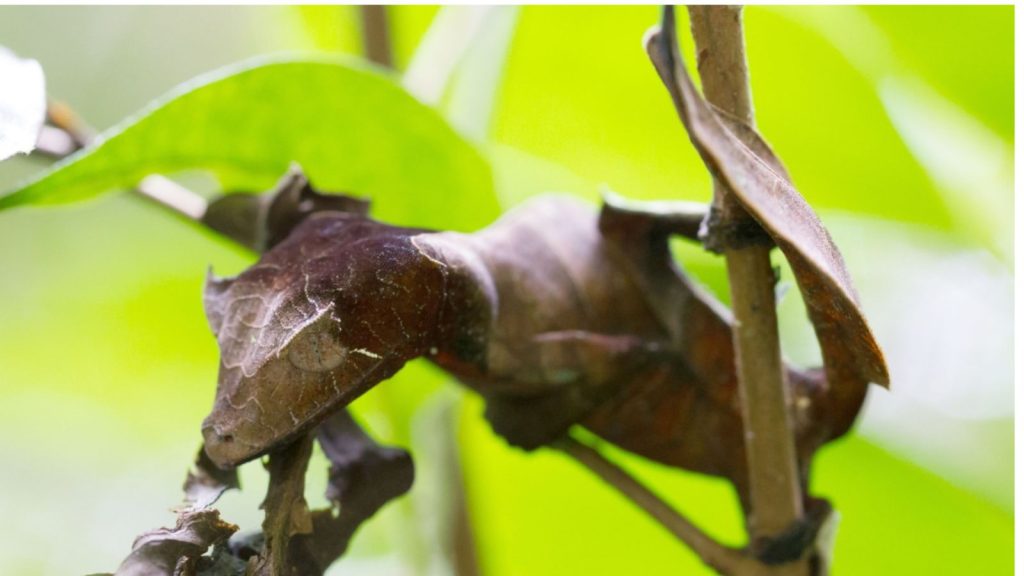Nature is full of surprises, and it will never cease to astonish me, especially when it comes to how animals blend into their surroundings. Some creatures have evolved to look just like plants, using these amazing disguises to hide from predators or sneak up on prey. From insects that mimic leaves to sea creatures resembling underwater plants, these animals are masters of deception.
Leaf-Tailed Gecko
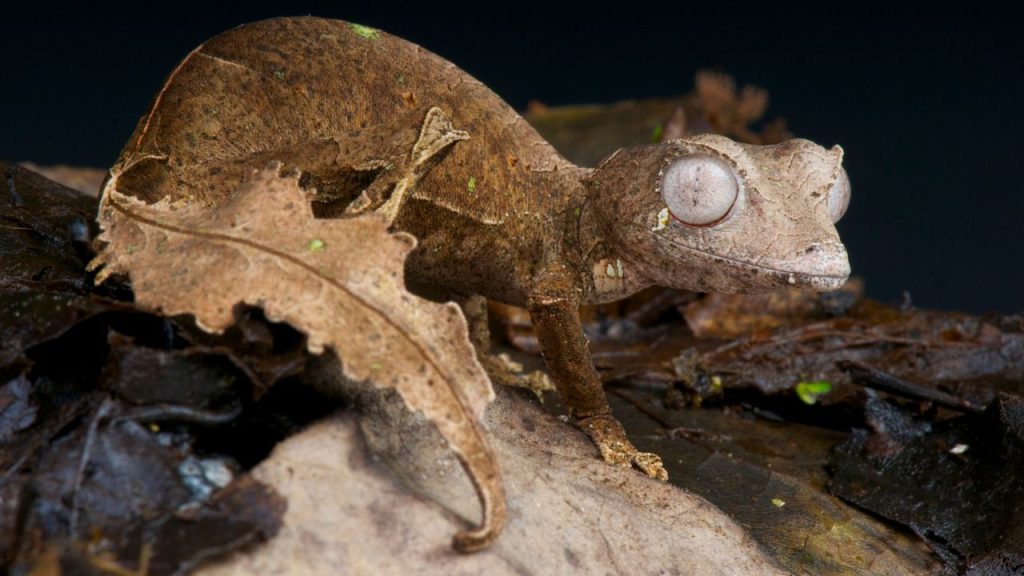
Native to Madagascar, the leaf-tailed gecko is a lizard that can easily be mistaken for a dead leaf. Its body is flattened and mottled with brown, complete with veins and notches that mimic the damage found on real leaves. When in danger, the gecko will press itself flat against tree bark or leaves, becoming almost impossible to spot.
Orchid Mantis
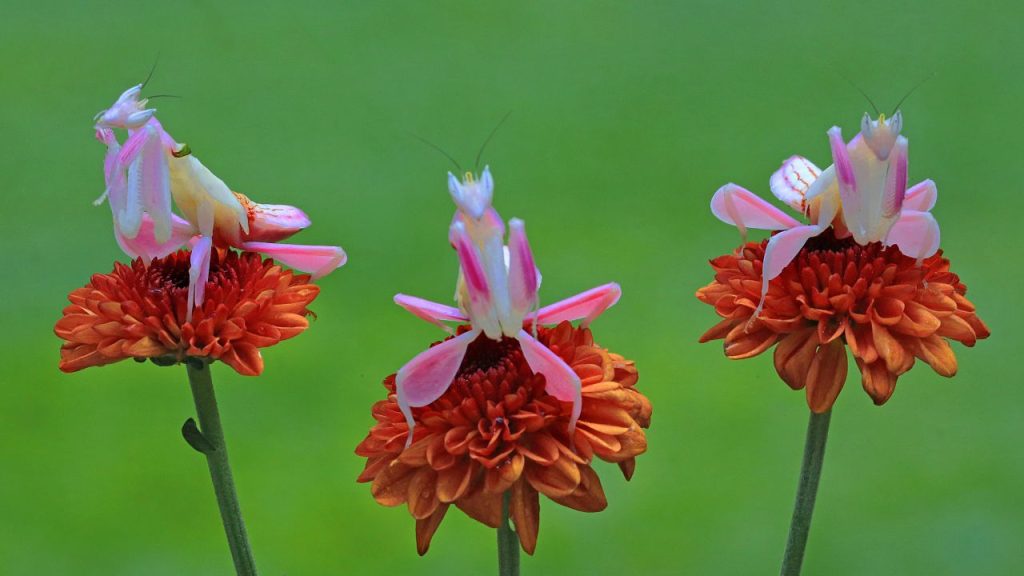
The orchid mantis is an incredible example of mimicry. Shaped and colored to resemble an orchid flower, this insect’s legs even look like delicate petals. It not only mimics a flower but also lures in pollinators, which it then captures as prey. Its vibrant colors—white, pink, or purple—make this predator both beautiful and deadly.
Walking Leaf
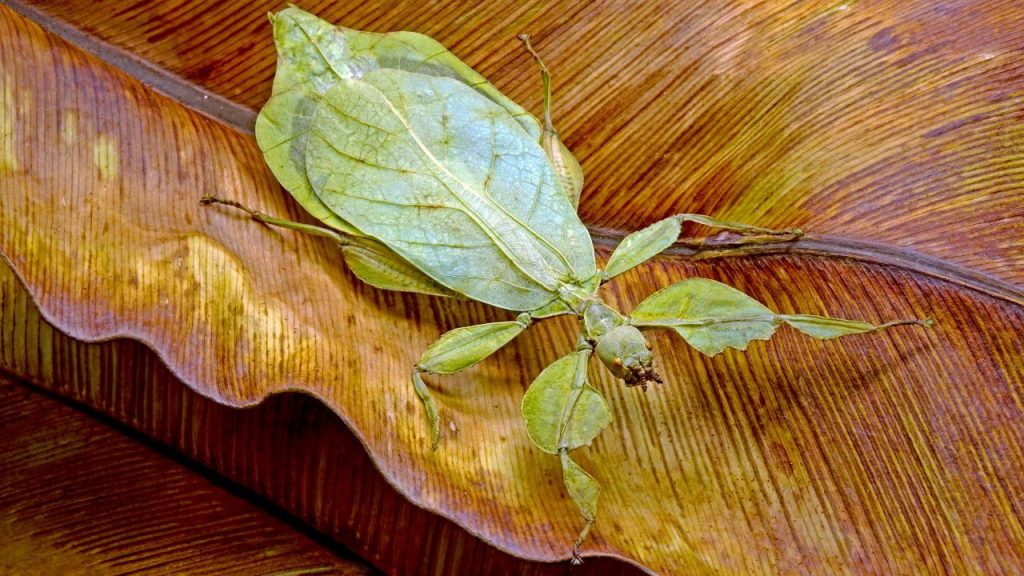
The walking leaf, or leaf insect, takes camouflage to a whole new level. These insects are almost indistinguishable from real leaves, down to the veins and brown spots that mimic decay. Some species can even sway gently, imitating a leaf moving in the wind, helping them stay hidden from predators in their forest homes.
Pygmy Seahorse
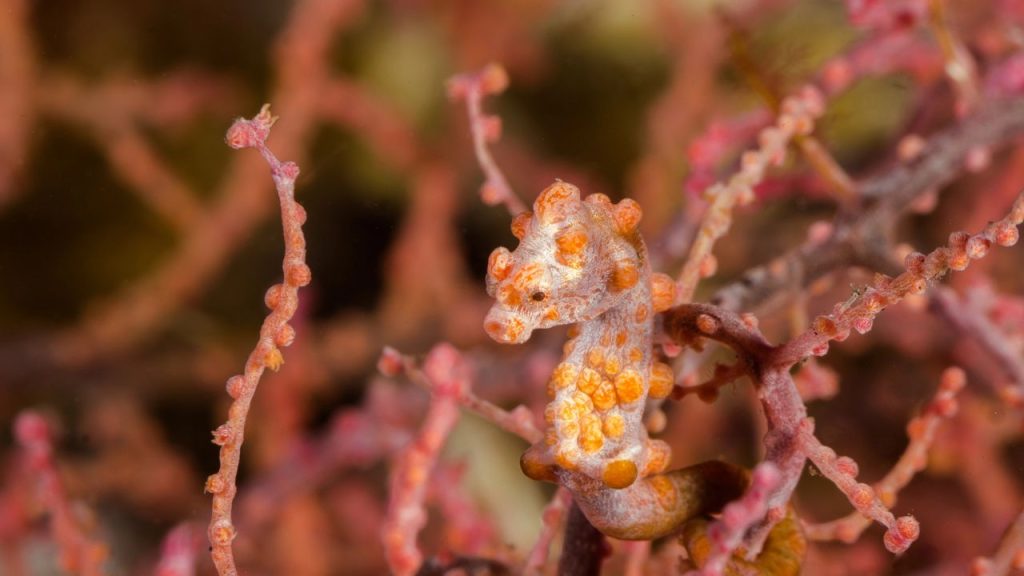
Pygmy seahorses are tiny creatures that blend in perfectly with coral reefs. Often no bigger than an inch, they match the color and texture of the sea fans they inhabit, their bodies covered in tiny bumps that look just like coral polyps. This camouflage is so effective that pygmy seahorses weren’t discovered until 1969!
Mossy Leaf-Tailed Gecko
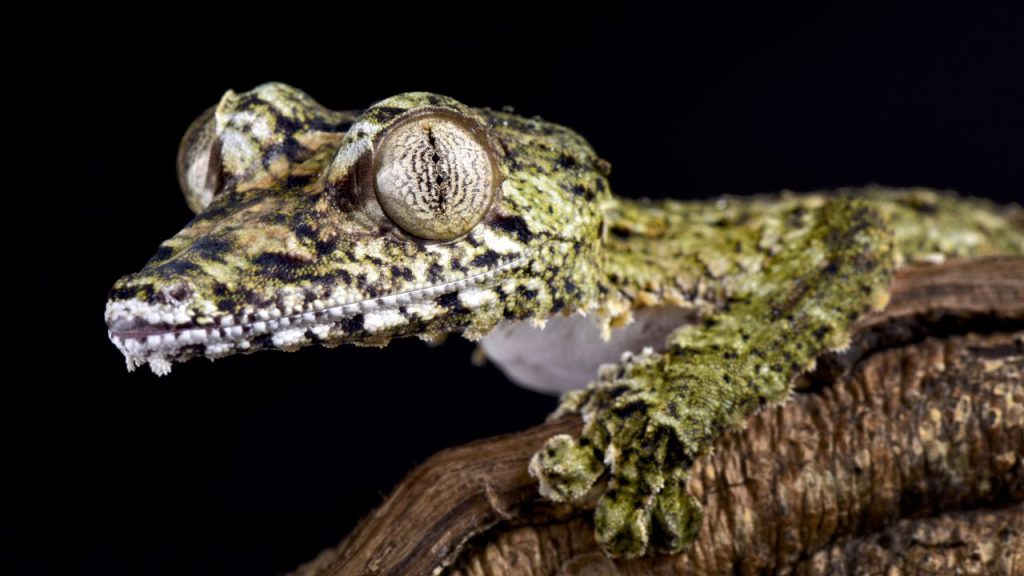
Another gecko from Madagascar, the mossy leaf-tailed gecko, appears to be covered in lichen and moss. Its rough, mottled skin and ability to change color help it blend seamlessly with tree bark. When it flattens its body against a tree trunk, spotting it becomes nearly impossible.
Leafy Seadragon
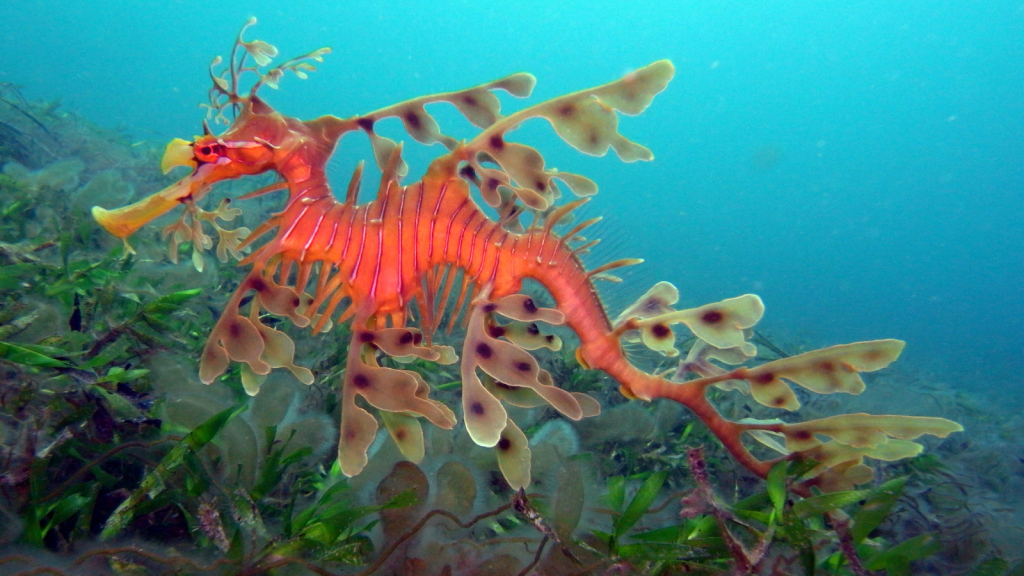
Resembling a piece of floating seaweed, the leafy seadragon is a close relative of the seahorse. It has leaf-like appendages all over its body, which help it blend in with the kelp and seagrass of its Australian habitat. These gentle creatures drift slowly through the water, moving just like seaweed in the current.
Stick Insect
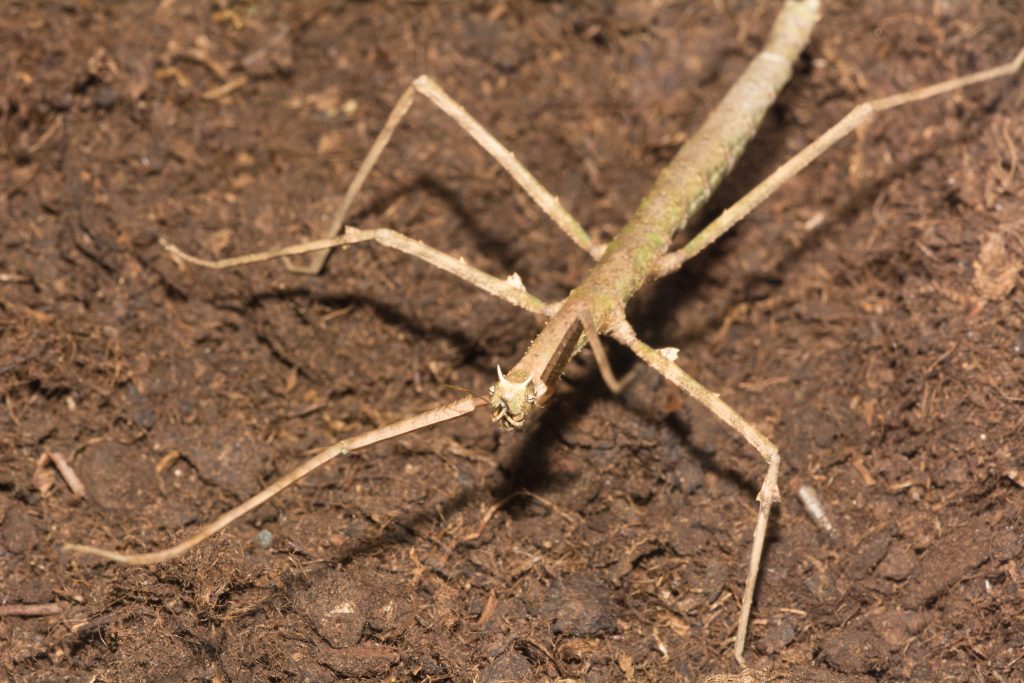
Stick insects, also known as walking sticks, are experts at mimicking twigs. Their long, slender bodies and legs look exactly like branches, and some even have bark-like textures. They can sway gently back and forth to mimic a twig moving in the breeze, enhancing their disguise and keeping them safe from predators.
Leaf-Cutter Ants
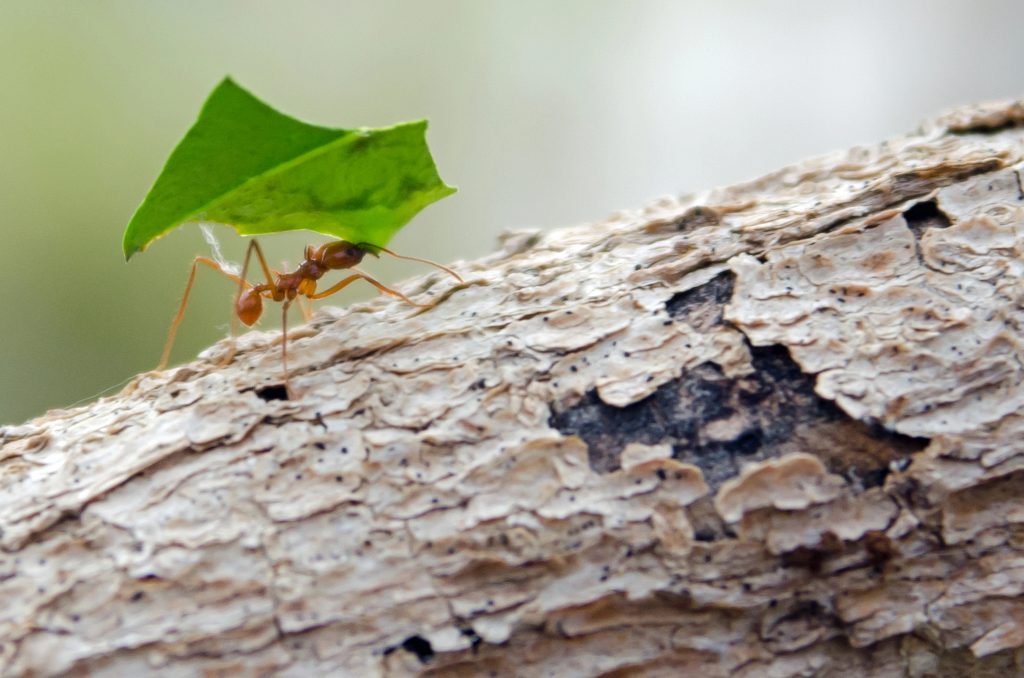
While leaf-cutter ants don’t look like plants themselves, they create the illusion of moving leaves. These hardworking insects carry pieces of leaves that are much larger than their bodies. From a distance, it can appear as if the leaves are walking on their own. This behavior is crucial for transporting food and materials to their underground nests.
Tawny Frogmouth
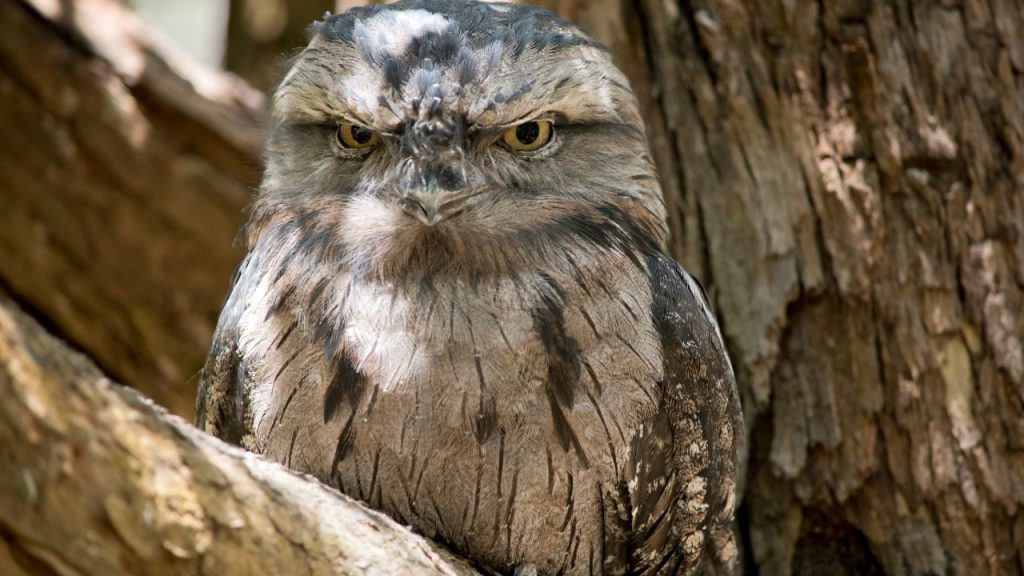
The tawny frogmouth is a bird that can easily be mistaken for a broken tree branch. Found in Australia, this nocturnal bird has gray and brown feathers that blend perfectly with tree bark. When threatened, it stretches its body and points its beak upward, becoming nearly invisible as it mimics the branch it perches on.
Cuttlefish
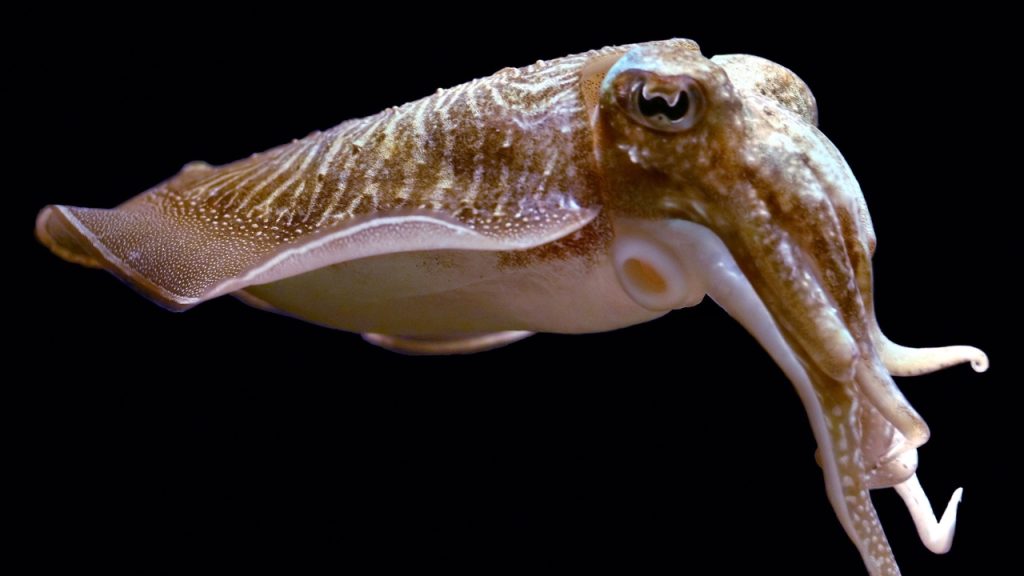
Cuttlefish are known for their remarkable ability to blend into their surroundings. While they don’t always look like plants, they can change their skin color and texture to match seaweed, coral, or rocks. Some species even create moving patterns on their skin that mimic light filtering through water, making them almost disappear into their environment.
Ghost Pipefish
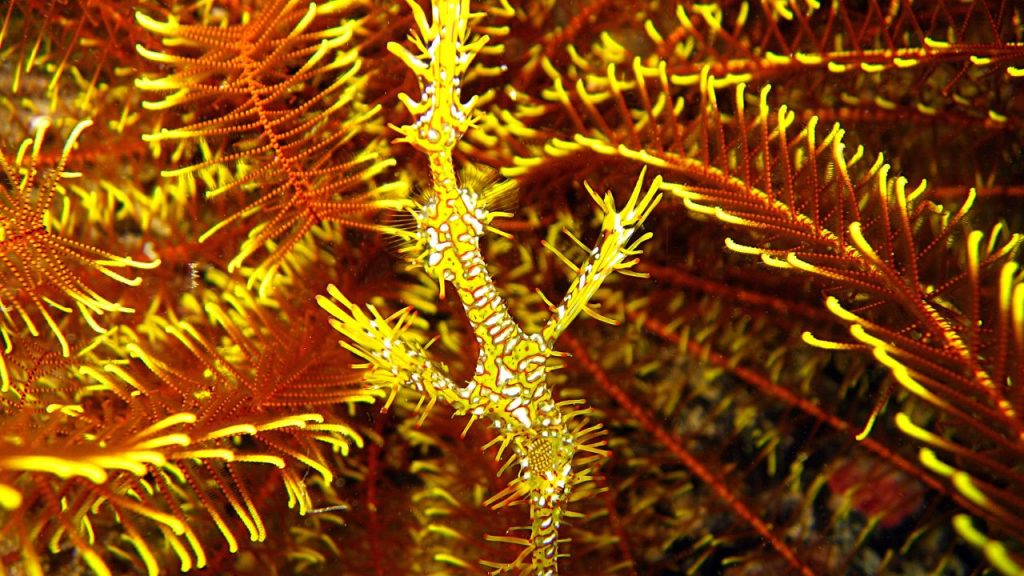
Ghost pipefish are small fish that bear a striking resemblance to seaweed or coral polyps. Their long, thin bodies and leaf-like appendages help them blend into their surroundings perfectly. Some species take on the exact colors of the seagrass or coral they live among, making them nearly invisible to predators and prey alike.
Flower Mantis
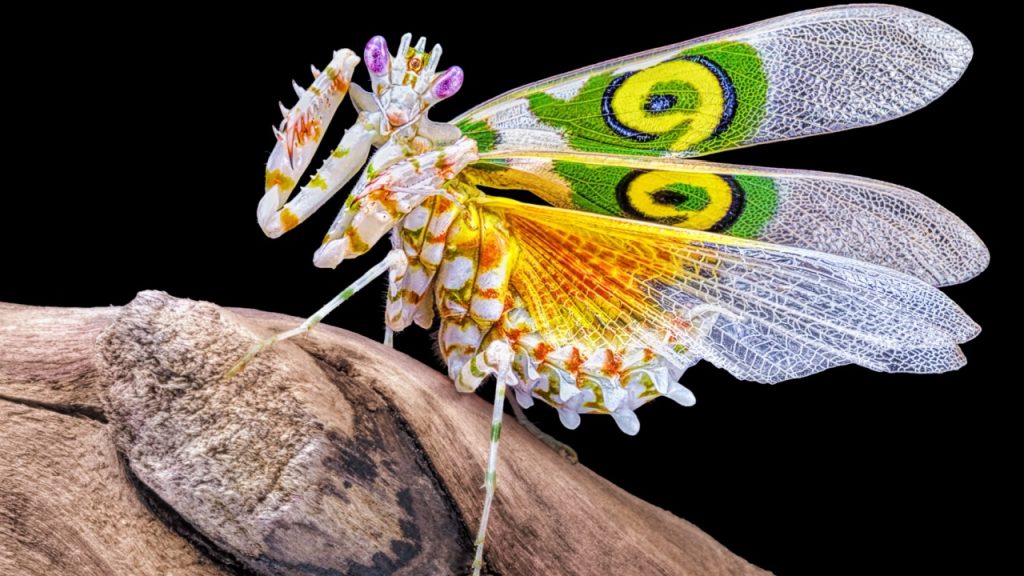
Similar to the orchid mantis, flower mantises are insects that mimic flowers. Different species can resemble a variety of blossoms, from orchids to morning glories. Their bright colors and petal-like shapes attract insects, which the mantis then catches and eats. This clever disguise turns the flower mantis into a trap for unsuspecting pollinators.
Scorpionfish
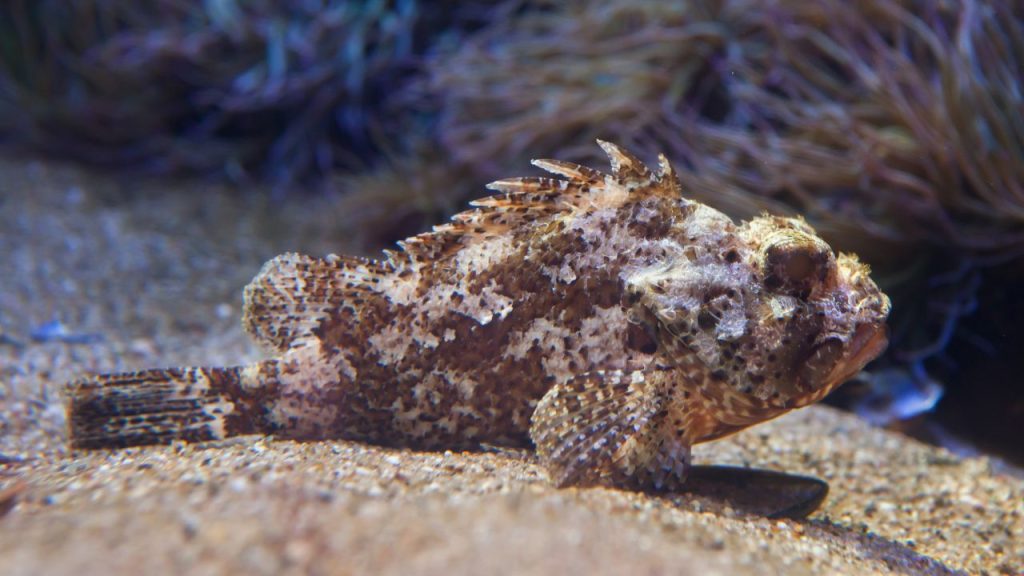
Scorpionfish are masters of blending in with their coral reef environments. Their bodies are often covered in fleshy growths that look like algae or coral, and some can even change color to match their surroundings. This excellent camouflage allows scorpionfish to ambush prey and avoid predators in the bustling reef ecosystem.
Potoo
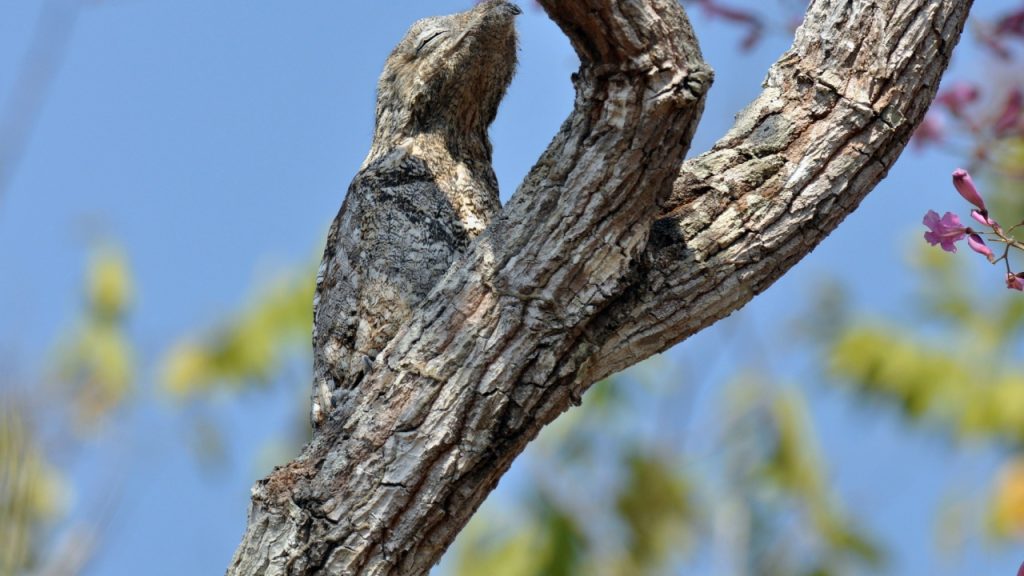
The potoo is a nocturnal bird from Central and South America that looks uncannily like a broken tree stump. With mottled brown and gray feathers that mimic tree bark, the potoo will perch on a branch, stretch out its neck, and close its eyes during the day, blending in so well that it becomes nearly impossible to distinguish from the tree.
Satanic Leaf-Tailed Gecko
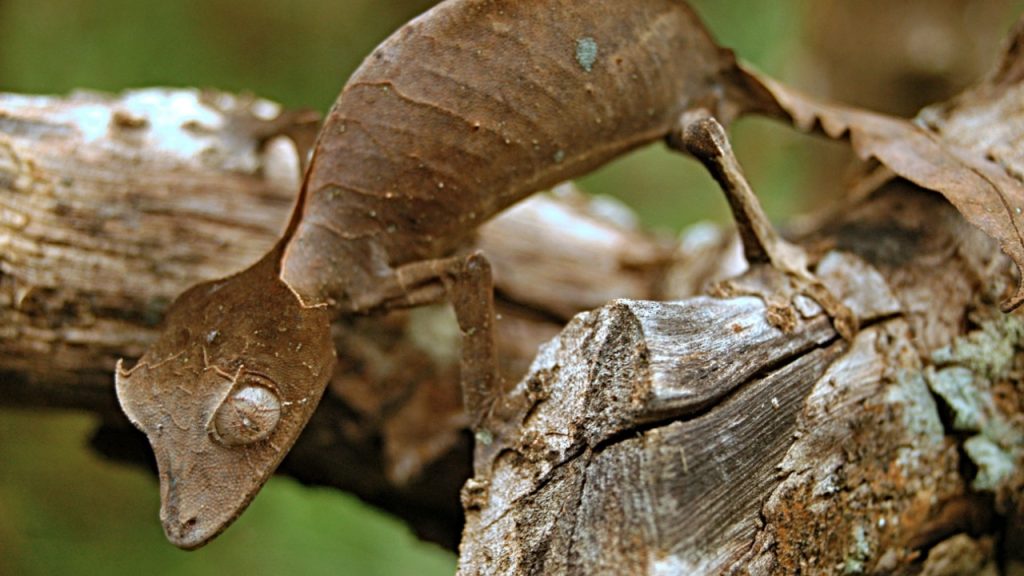
Despite its intimidating name, the Satanic leaf-tailed gecko is a harmless creature with an amazing disguise. Native to Madagascar, this gecko looks exactly like a dead leaf, complete with veins, holes, and even spots that resemble fungus. Its tail is flat and leaf-shaped, enhancing the illusion. When threatened, it can open its mouth wide to reveal a bright red interior, startling predators.
Katy Willis is a writer, master herbalist, master gardener, and certified canine nutritionist who has been writing since 2002. She’s finds joy in learning new and interesting things, and finds history, science, and nature endlessly fascinating.
